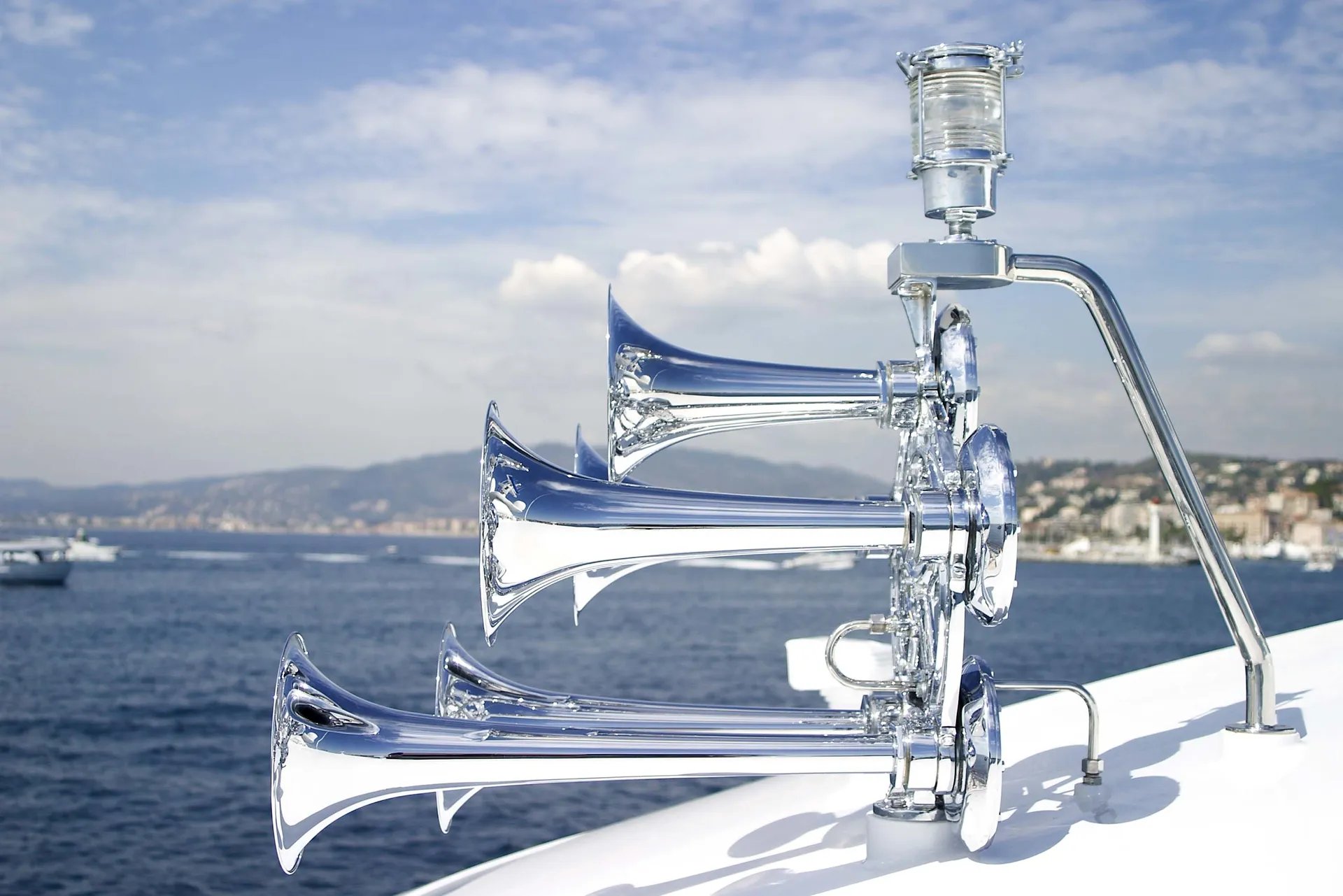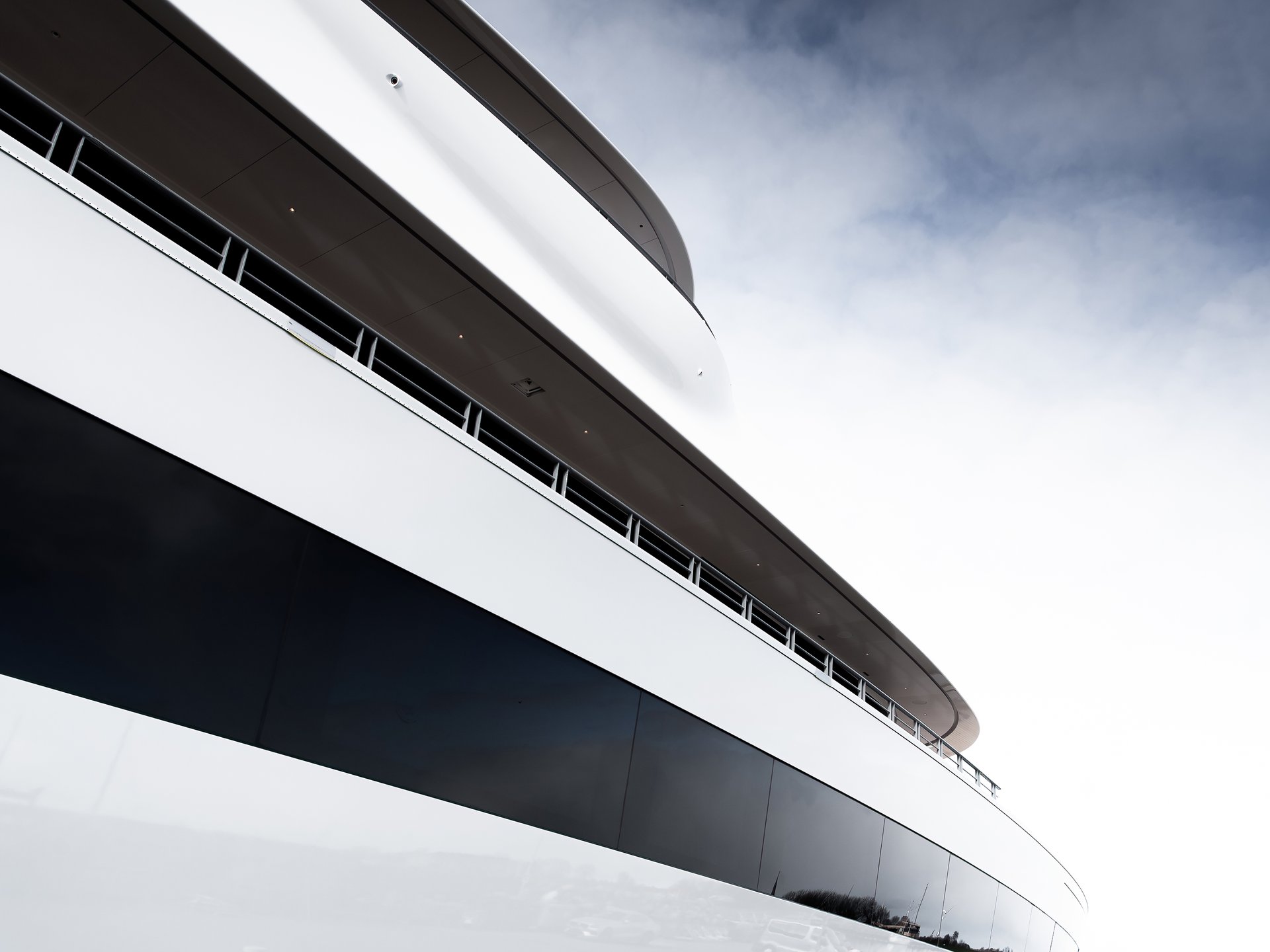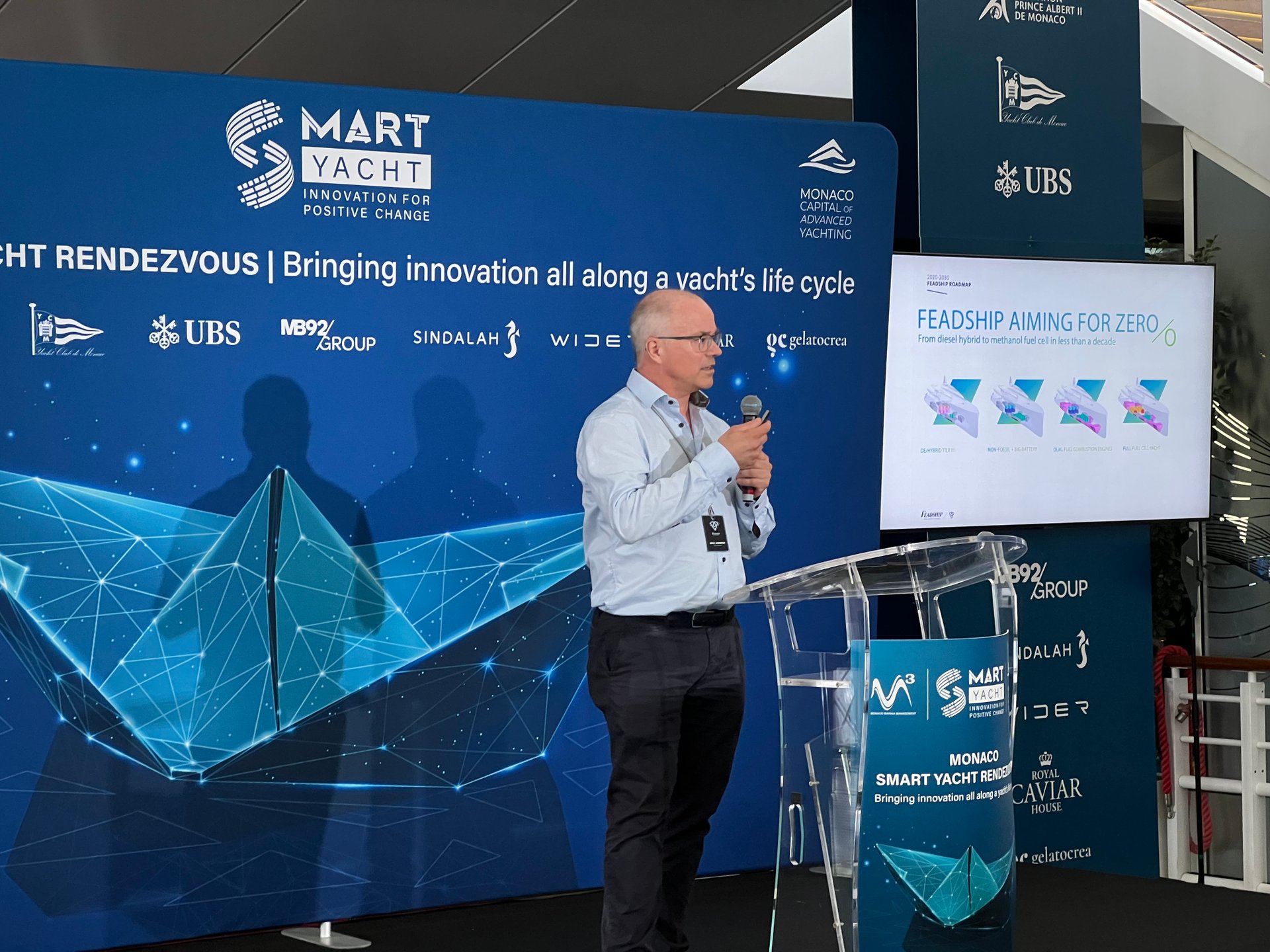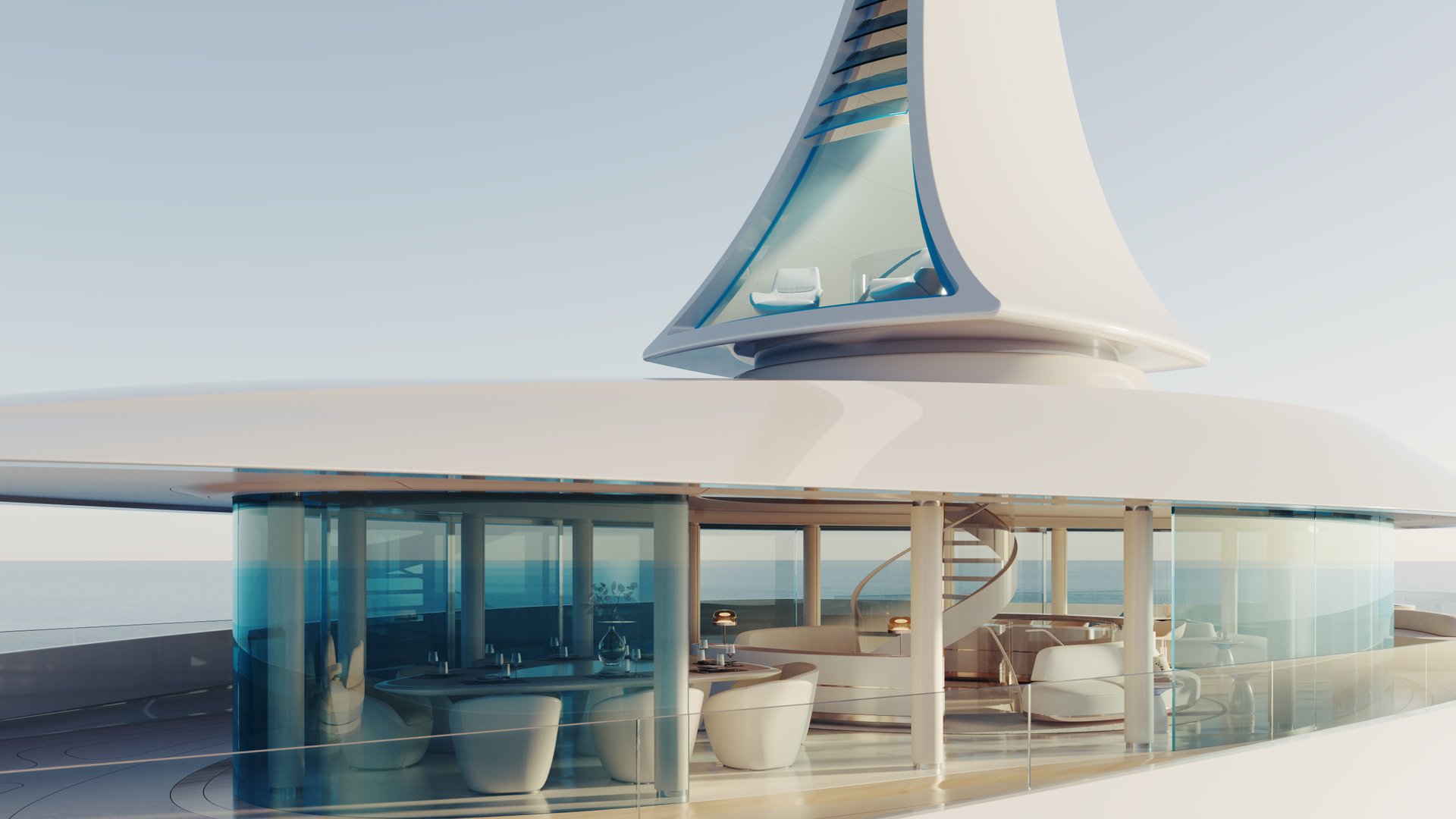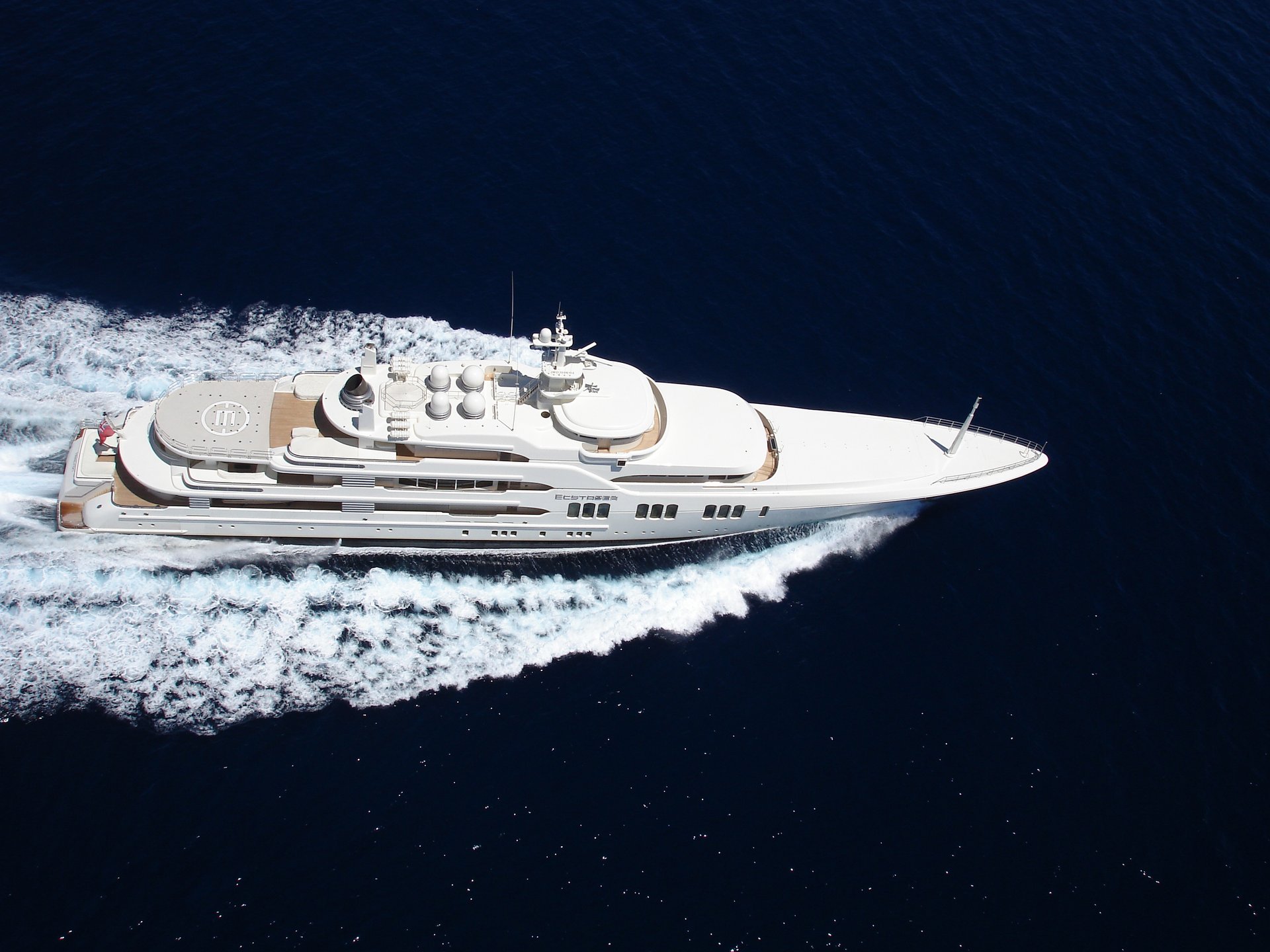The superyacht sector – and by extension the yachting industry at large – stands at a crossroads. The challenge we face is not a question of sustainability or new technology or deficiencies in the supply chain. These are relatively minor concerns compared to something altogether more insidious and potentially damaging: the power of public opinion.
The bad news
The vast majority of references to superyachts we read in the mainstream media or see on TV are contrary and derisive or generally negative. This is not a new phenomenon. The ostentatious display of wealth by individuals has always attracted public criticism. But large yachts are now an increasingly common target, and this is because their owners have become the subjects of an institutional and public backlash. Sometimes with good reason.
Consider the following:
- Wealth inequality increased during the Covid pandemic. The richest 1 percent have accumulated twice as much wealth as 90 percent of the global population. Various charitable organisations and the World Economic Forum are now advocating action against this trend.
- The Tech Sector creates more new billionaires than any other. Top Tech leaders have become household names, but some have been tarnished by opaque business practices, private scandals or questionable opinions.
- The concept of ‘trickle-down economics’ has been disproved. The idea that that tax breaks and benefits for large corporations and the very rich will trickle down to everyone else has been discredited and abandoned by policy makers around the world.
- What does trickle down is the media negativity directed at Russian oligarchs who have had their assets, which include superyachts, seized or frozen in the wake of the war in Ukraine. Unfortunately, public disapproval is apt to spread to include all superyacht owners, regardless of nationality.
And if you want a more real-world example of prevailing ‘anti-rich’ sentiment, look no further that the film Triangle of Sadness, which won the Palme d’Or (and an eight-minute standing ovation ) at the 2022 Cannes Film Festival. Much of the dark, satirical comedy takes place on a superyacht. It does not end well.
All these factors may explain why, although the number of billionaires doubled in the decade between 2010-2020 and continues to grow, yachting ranks a lowly 20th among the most popular pastimes among UHNWIs with just 4.2 per cent expressing interest. As the Boomer Generation of owners passes its peak and is replaced by Gen X and Millennials, and given the current economic, social and geo-political climate, there is no guarantee that the appetite and demand for superyachts will continue into the next decade. There are more people than ever before that can afford to own a superyacht, in some cases many times over. What they likely cannot afford is the public disapprobation that goes with it.
So that’s the bad news… What about the good news?
The good news
The good news is that we work in an industry we can be proud of. An industry that is highly skilled, hardworking, enterprising, productive, innovative, artistic, energetic, complex yet great fun. Contrary to popular opinion, it also fundamentally honourable. These are not adjectives you will find in newspapers or the TV news when they talk about superyachts. This is no doubt due to public ignorance, but our own inaction and insufficient communication outside the industry make us at least partly to blame for the general lack of awareness. However, where there is change there is also opportunity.
“It is our responsibility to counteract negative perceptions of superyachts in the public domain by promoting positive awareness and increasing interest within new target audiences who are not yet engaged in yachting.”
Again, this is not a new idea, but initiatives in the past have been local, short-lived, inefficient or plain ineffective. So what does this paper propose that is any different?
World Boating Day
A worldwide industry campaign to turn negative public perceptions of superyachts into positive awareness based on four principle goals:
- To reset the image of the industry
- To increase participation in yachting/boating
- To promote public awareness
- To champion the experiences of owners
Achieving these goals requires multi-faceted approach such as campaign videos and advertisements shared on multiple platforms, a pool of media-friendly owners, shipyard tours and boat show events for the non-yachting press, and a network of industry ambassadors to address the international media.
An immediate and effective promotional tool is the idea of a Worldwide Boating Day when shipyards, design studios, brokerage houses and the whole supply chain open their doors to public and some maybe some media.
These Open Days would focus on what makes the superyacht industry important on a local, national and international scale as magnet for skilled craftsmanship, top-level design, high-quality engineering, innovative technology, the generation of employment and economic wealth, and so on.
For yacht builders like Feadship the Open Day concept would be a tailor-made event focusing on real people and real employees. After a yard tour, participants would continue their day in separate departments or craftsmanship sessions from carpentry to welding so they become acquainted with many trades and skill sets associated with the design and construction of superyachts.
The campaign is executed by the Superyacht Life Foundation.
